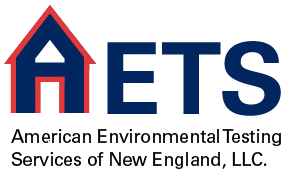NEW HAMPSHIRE LEAD INSPECTIONS
 New Hampshire Lead Inspections Information
New Hampshire Lead Inspections Information
A lead Inspection is a surface by surface examination of all building components in the living area of the home with a hand-held analyzer which is state of the art, non-invasive and instantly reading. A Risk Assessment additionally includes soil sampling, an examination of occupants’ use patterns and a work plan to correct hazards, otherwise called a Lead Exposure Hazard Reduction Plan (LEHRP). Preliminary dust sampling is also sometimes performed to indicate a current level of risk to occupants.
A Risk Assessor can perform full lead inspections, preliminary inspections, clearance inspections and issue certificates of lead safe and certificates of compliance for abatement and interim controls. Risk Assessors can also write and approve Lead Hazard Reduction Work Plans.
An Order of Lead Hazard Reduction requires a full lead inspection of the interior, exterior, common areas, any out buildings and soil, a clearance inspection after the completion of work, and a certificate of compliance.
Some insurance companies require a Certificate of Lead Safe for rental properties prior to the issuance of insurance. This will require a full inspection of the interior of the property and dust wipes as required by the insurance company before a Certificate of Lead Safe can be issued.
Lead FAQs
It depends on the age and size of the house – as well as the number of additional buildings within the lot line. Please see our Quotes section for more info.
First – You must get a full lead inspection including soil sampling. Next – a Lead Exposure Hazard Reduction Plan (LEHRP) must be written. Third – hire a lead abatement professional.
We can assist you in each step of this process.
If you have children under six or will be renting to families with children under six – Yes, you should have a lead inspection.
Studies show that a lead safe house is more attractive to potential buyers – both investors and families alike.
Contact me for local resources in your state.



























